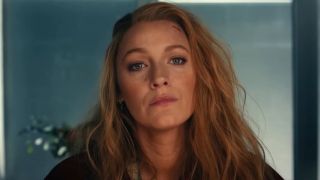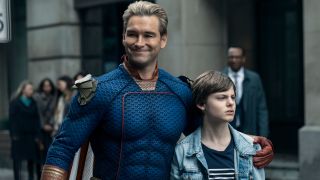Movies
Explore Movies
Latest about Movies
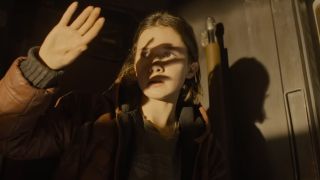
Alien: Romulus Producer Gives Sequel Update, And I’m A Little Confused
By Lysa Rodriguez published
Weyland Corp would like to thank you for your continued patronage.
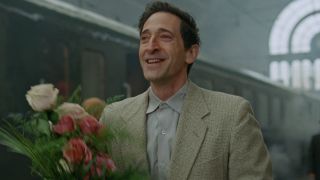
I Watched Every 2025 Best Picture Oscar Nominee, And I Have A Clear Favorite
By Alexandra Ramos published
Here we go again.
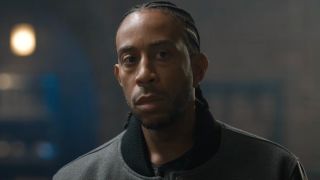
Will There Be More Fast And Furious Movies After Fast 11? Ludacris Weighed In On The Franchise's Future
By Adam Holmes published
This franchise is still going a quarter mile at a time.
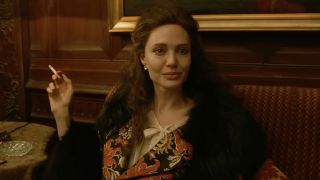
Angelina Jolie Gets Real About How Her Nepo Babies Feel About The Whole Fame Thing: ‘That’s Not My Doing’
By Carly Levy published
Are Angelina Jolie’s nepo babies all about the fame?
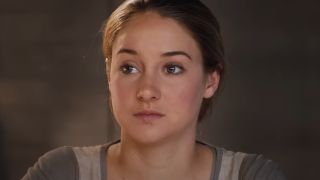
Divergent Author Veronica Roth Hilariously Addresses Series’ Controversial Death, And I'm Living For All The Fan Comments
By Sarah El-Mahmoud published
“I pretend it didn't happen"
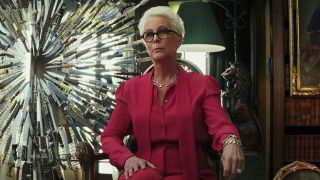
Jamie Lee Curtis Just Shared A Message I Think Everyone Can Relate To This Weekend And TGIF
By Carly Levy published
TGIF Queen right here!
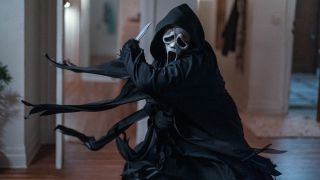
I'm So Excited Scream 7 Is Casting Both New And Legacy Stars, But I Have Questions About How It'll Work
By Jason Wiese last updated
All that we have heard about Scream 7.
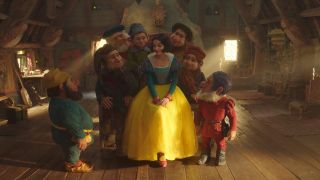
Upcoming Kids Movies: All The New Family-Friendly Films Coming Out
By Philip Sledge last updated
Kids, and kids at heart, have a lot to look forward to with these upcoming family-friendly movies.
CINEMABLEND NEWSLETTER
Your Daily Blend of Entertainment News
LATEST ARTICLES
